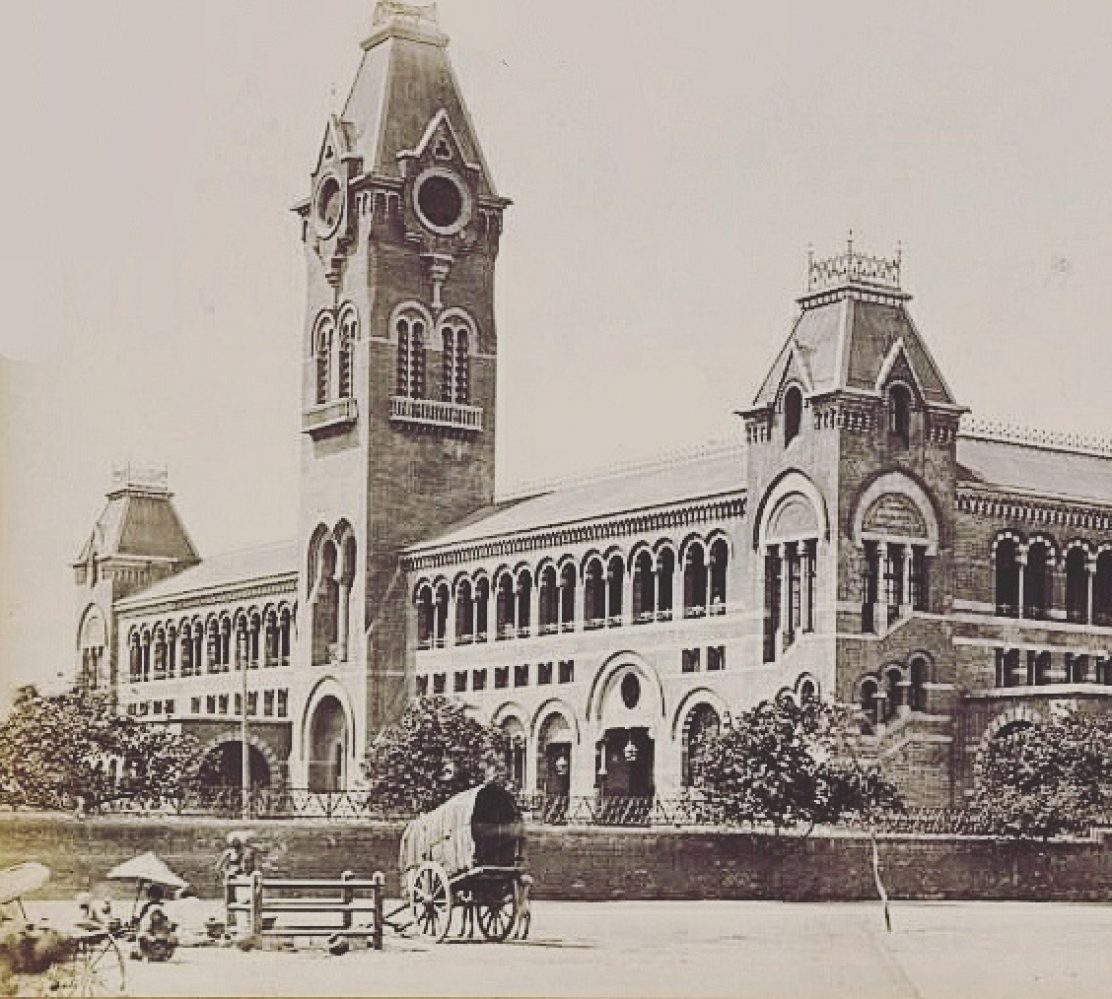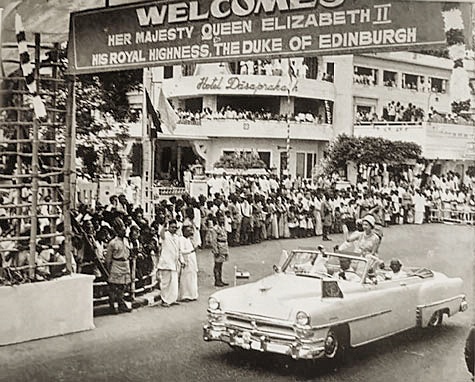Much before Café Coffee Day and Saravana Bhavan established the concept of chain restaurants or franchisees. K. Seetharama Rao in early 1930s was the first to build a chain of hotels by the name of Dasaprakash in Chennai, Mysore, Udagamandalam and elsewhere in south India.
He gave up a lowly Government job in 1921 to join his brothers in running a restaurant in Mysore. He later established others in Madras and Ootacamund, and the chain moved to North India in the 1970s and, thereafter, to the USA.
Dasaprakash hotel built in the Art Deco style on the Poonamallee High Road went on to become one of the most iconic landmarks of the city when it was inaugurated in 1954. The hotel was known for its good Udipi fare, ice creams and comfortable rooms. Many leaders such as Nehru, Kamaraj, Annadurai and former US Ambassador to India John Kenneth Galbraith have dined at the hotel and appreciated its quality.
When the hotel industry in India was trying to adapt itself to Western traditions, Rao made his hotels follow contemporary Indian style. But like many of its counterparts in the city, Dasaprakash hotel too crumbled in the changing economy and was demolished to give way for highrises But old timers will fondly remember their favorite ice cream joint.
Source: Sriram.V





